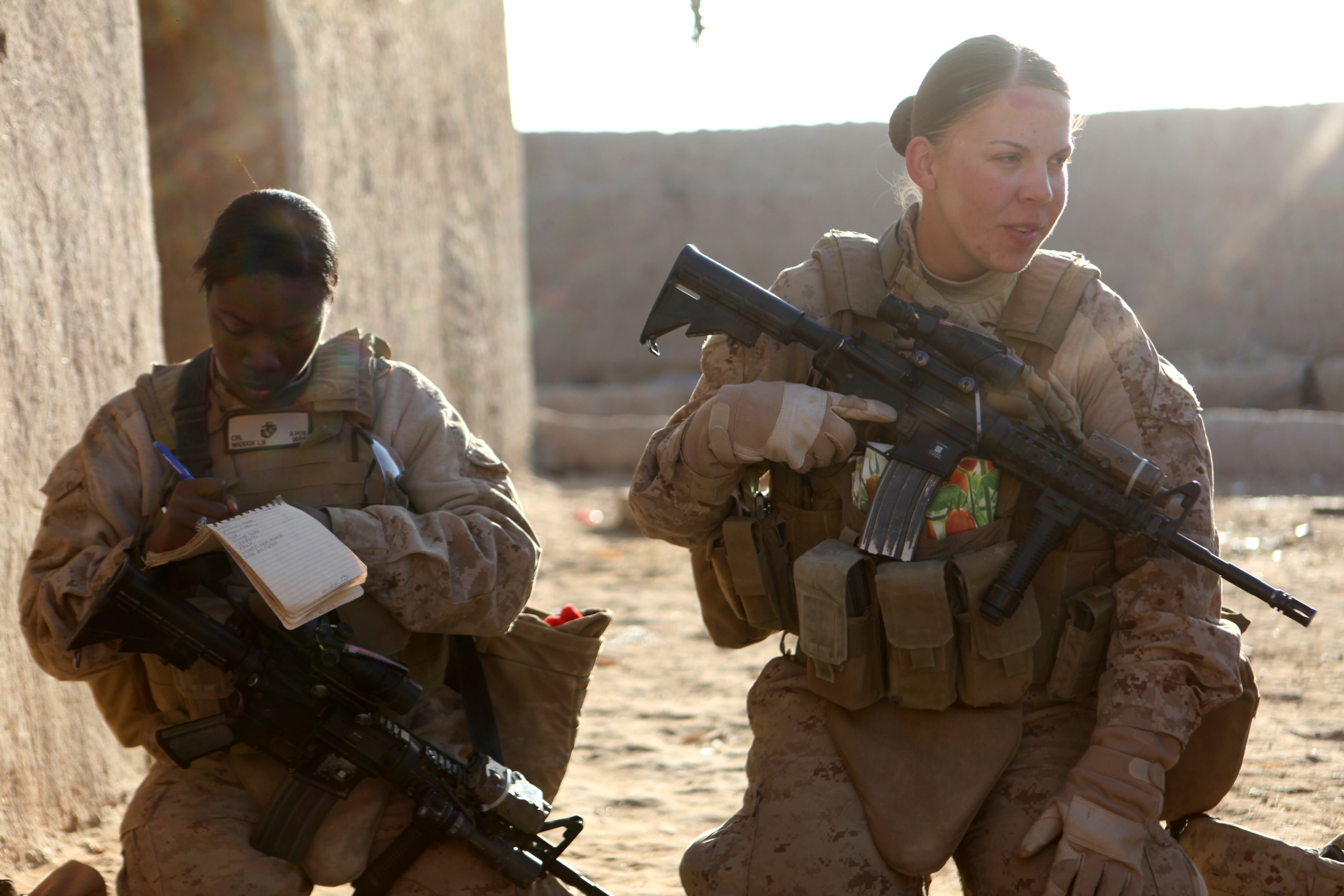The Marine Corps team in charge of shaping the Corps’ fitness is chocked full of talent, with experience and access to the latest sports medicine science and technology. And it’s helping the Marines mold a force of combat athletes.
That wealth and knowledge is helping retool the Corps to build stronger Marines on the battlefield, armed with the latest science and tech in injury prevention and nutrition.
Col. Stephen Armes, director of the Force Fitness Division, is a triathlon competitor and Marine athlete of the year.
And the deputy director of the division, Brian McGuire, works part time for the NFL as a gameday athletic trainer/injury spotter and the lead athletic trainer for the NFL Scouting Combine.
McGuire’s NFL experience helped form the Corps’ Combat Fitness Test, or CFT, when it was in the early days of development.
McGuire told Marine Corps Times that he’s been the lead athletic trainer for the NFL Scouting Combine since 2008. The combine is gathering of the top 300 NFL draft eligible college athletes who undergo a series of medical evaluations through skills and drills.
Part of McGuire’s job is to take care of athletes before they workout and tend to them if they are injured.
The combine, McGuire says, has helped him see “how the different components of fitness required of an NFL athlete are incorporated into their testing. That informed my approach in making recommendations to what the CFT should be,” McGuire said.
That meeting of athletes, he says, is also a gathering of “state of the art science and testing of high-end athletes.”
McGuire also serves as an NFL gameday athletic trainer and injury spotter, a part-time job he has been in for the past couple of years. The position has him sitting in the press box with a slew of video and communications equipment to aid in spotting potential head and neck injuries during the game, such as looking for concussions.
All this experience already is paying dividends for the Corps, helping the force to build a healthier and more physically fit force with fewer injuries. The end result makes Marines more lethal and keeps them on the battlefield.
This year alone, the Corps has experienced a slew of changes borne out of ideas from the Force Fitness Division.
Recent changes to the Physical Fitness Test and CFT have made the Corps’ fitness tests more challenging, with more pullups needed for female Marines, reduced rest times between CFT events, and higher minimum scores to pass.
The Corps also is dishing out healthier food options across its chow halls, with vegetables and greens to the front and fatty foods a little harder to reach.
New civilian athletic trainers, boasting five years of Division 1 collegiate or professional-level experience, are headed to the operational forces to help coach Marines on fitness and reduce injuries across the force.
And the Corps is pushing out a fitness app to aid Marines and Force Fitness Instructors balance workouts and reduce injuries.
The Corps is amid a massive overhaul of its health and fitness where the force is tending to its Marines as high-end athletes whose performance is measured on the battlefield instead of the playing field.
Shawn Snow is the senior reporter for Marine Corps Times and a Marine Corps veteran.




